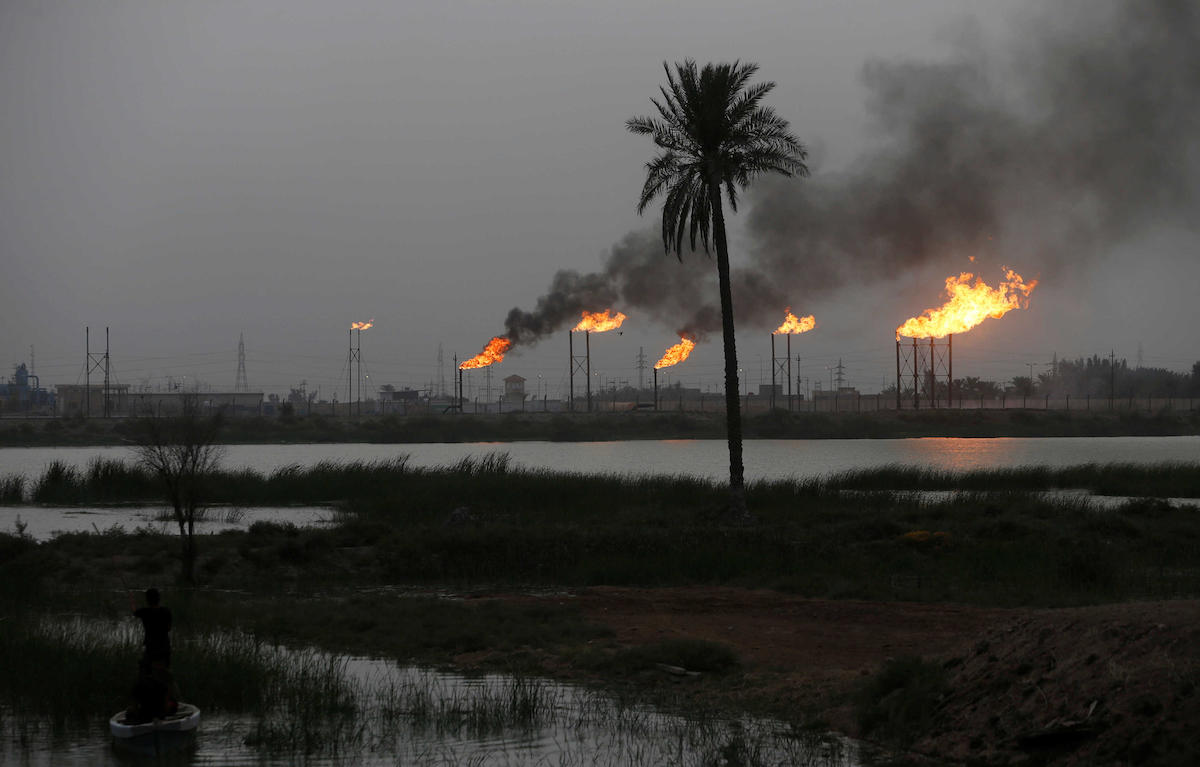Ahmed Khudair Hussain – Director of the Department of Social Studies
Summary:
Environmental researchers and scholars point to air pollution as the greatest threat to environmental health in the world, poor air quality poses a risk of chronic diseases including heart disease, diabetes, chronic pulmonary embolism, and lung cancer, as well as an increased risk of developing viruses that have an impact on the respiratory system, except for the total economic cost of more than $8 trillion, of GDP and the risk of air pollution is associated with vulnerable populations that occur more than (90%) of deaths, as well as low-income groups, middle-income countries, children under the age of 18, pregnant women, and the elderly.
World Air Quality Report (2022) reviews figures and indicators obtained from 7323 cities across 131 countries and regions of the world, and this data was collected through (30000) Regulatory Air Quality Control Station and Air Quality Sensors, and the risk of air pollution was measured based on the level of 2.5-type particles known as (2.5) pm, These particles are among the most prominent air pollutants used to classify air quality in the World Air Report. They are very small particles in the air, less than 2.5 microns in diameter. It is one of the most harmful air pollutants, and it consists of different chemical compounds that may be a human product of sulfate. and nitrate, black carbon, and ammonium, which are largely the result of engine combustion, power generation, industrial processes, agricultural operations, burning of wood and coal, or maybe a natural product, include dust storms, forest fires, and sandstorms.
The summary of this paper is intended to identify the Iraq index among the most polluted countries, what the objective is and how it is measured, and to propose possible solutions to improve air quality based on the data and indicators produced by the index.
What are the sources of air pollution?
The Global Air Quality Index covers basic classifications of air pollution sources that reflect natural and human sources. Natural sources include dust from wind, or kicking, dirt, sand, volcanic smoke, and burnt material. Human sources tend to be polluted by human behavior, The main contributor to air pollution, and include various sources, including different forms of combustion, such as gas-fired transport, (aircraft, trains, cars), industrial companies (power plants, refineries, factories) and biomass burning (burning plant materials, or charcoal for heating, cooking, energy, and agriculture), another classification under human regulations is a mixture of pollutants and is usually classified as:
Industry pollutants that include pollution from facilities such as manufacturing plants, mines, and oil refineries, as well as coal power plants, heating and power boilers, industrial activity is a major global source of oxides, hydrogen sulfide, and vehicles (nox) nitrogen, particles, all volatile organic VOCs contribute to ozone and smog, as well as personal activities that contribute to air pollution such as home cooking, coal heating, or wood burning, as well as the construction and construction of homes, and furnishings.
Agricultural pollutants, which include the use of intensive fertilizers in agricultural land, are an important contributor to air pollution.










